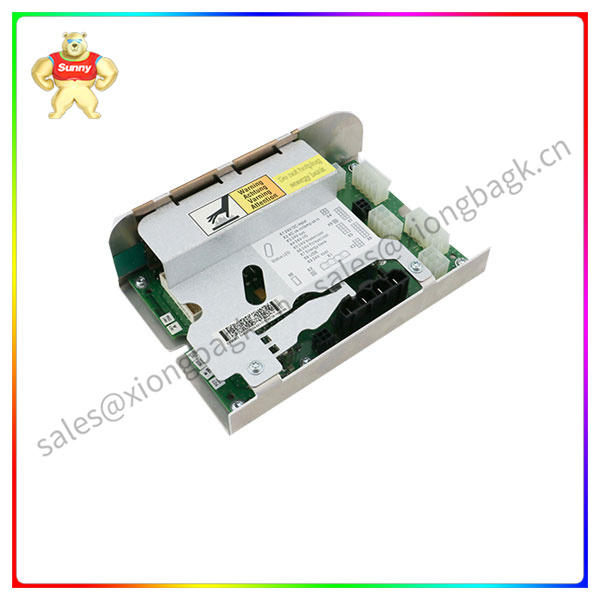As an expert in smart sensor technology, Turck brings intelligence to machines, thereby creating a connection to Industry 4.0 and the Industrial Internet of Things.
In an interview with Andreas Gees of elektroAutomation magazine, Sai, Turck’s Product marketing manager, and Buda, Director of Product Management for Factory Automation Systems, discuss the role of IO-Link as a foundation technology for the product portfolio and look ahead to its further development.
Q: So is IO-Link the ideal technology as the basis for digital services?
Buda: Our edge controllers provide a platform for data preprocessing using logic, data visualization, or sending data to the cloud using protocols such as OPC UA. To do this, we use out-of-the-box functional blocks and modules. Our global application engineers and sales teams discuss missions with customers and develop proof-of-concept. This usually goes down to the visualization level. However, it also typically includes interfacing with MES or cloud systems. We also work with system integrators who program turnkey applications.
Our devices can communicate with any system, but we also offer our own cloud services in accordance with our slogan “configure not program”. We serve machine manufacturers who are unfamiliar with digital services. They start with remote access, use our cloud services to visualize, save and analyze all their data, and ultimately build turnkey solutions that can be adapted flexibly.
Q: Currently, IO-Link+ or Single Pair Ethernet (SPE) IO-Link is a hot topic. How do you evaluate its new development?
Buda: Single Pair Ethernet (SPE) comes from the automotive industry and is designed to replace the CAN bus. SPE has spawned a number of standards that define transmission lengths and data rates equally applicable to the automotive and process industries. In the IO-Link community, we also pay close attention to these developments and define the long distance 10 Mbit technology as IO-Link+. IO-Link is limited to applications within 20 m between the master station and the device, and the data transfer rate is also less than 1 Mbit. With the advent of the IIoT concept, there is often a need for larger data flows. In this regard, IO-Link+ lays the foundation for transmitting data to zones 0 and 1. However, IO-Link will always be a point-to-point

DSQC662
connection.
Q: Protocols such as SPE and Profinet are likely to replace IO-Link. What’s the difference between them? What are the corresponding restrictions? What will be the cost impact?
Buda: One of the expectations of the SPE is that it should be able to connect sensors at a cost comparable to IO-Link. However, on current estimates, this is unlikely. In addition, it is almost impossible to connect sensors over long distances using unshielded cables. In the Profinet community, unshielded two-wire cables in particular are seen as a cost advantage. Therefore, it is not possible for the SPE to communicate like IO-Link. They also differ on the device side. The communication interface for some complex sensors does not account for a large percentage of the total cost. SPE should see rapid adoption in these areas. For simple sensors, IO-Link will still be described as a fieldbus-free solution.
Sai: IO-Link technology also has considerable potential to open up new businesses, but its performance is limited. IO-Link’s focus is not on devices that require higher data rates. Therefore, we in the IO-Link community are paying close attention to the areas where this technology can be used practically, so as to avoid the situation where fluid sensors that used to transmit perfect data using IO-Link can suddenly only be developed using IO-Link+ in the future. Communities are also promoting coexistence in this regard. The situation is very clear, IO-Link+ is not the successor of IO-Link, but an extension of IO-Link.
Q: Another topic is IO-Link Safety. How does Turck, as a security provider, view this technology?
Buda: We’re watching the market very closely. Turk offers a wide range of safety products, especially in the IP67 field – Profisafe and hybrid devices combine safe channel and IO-Link technology with integrated shutdown functions that can be used to safely shut down actuators. However, this does not comply with the IO-Link security protocol. This type of technology is interesting and will push IO-Link further. At the moment, we are looking at how this ecosystem is formed. The first version of the IO-Link Safety standard was completed in 2017. Alternatives such as Profisafe over IO-Link can introduce uncertainty. When the specification was ready, the related test concepts were developed as a basis for developing devices. We also see IO-Link Safety as an interesting approach, as the safety field is particularly characterized by the use of proprietary sensor and actuator systems. IO-Link Safety is the first harmonized standard at a lower level. This gives us a mixed area of safety switches and sensors from different manufacturers, and can be connected to master stations of different manufactures.
Sai: In recent years, most manufacturers have developed devices in the security field that connect IO-Link with Profisafe. Due to the existence of two concepts, the IO-Link community does not support this. IO-Link Safety, on the other hand, is not restricted by Profinet, Ethercat or Ethernet IP. It is important for manufacturers of safety sensors and actuators to focus on one standard. For example, door interlocks have always required a lot of work in terms of wiring. IO-Link Safety’s two-way communication capability will bring significant advantages in this area.
 中文版
中文版




